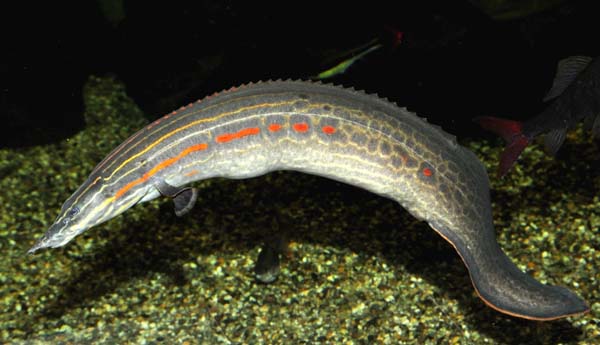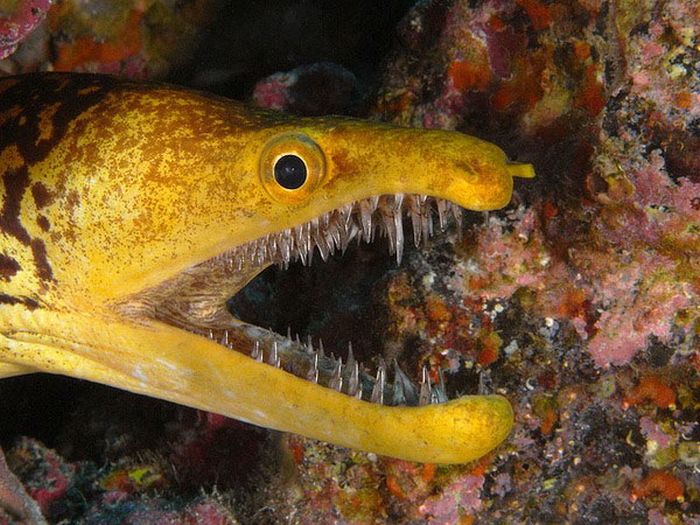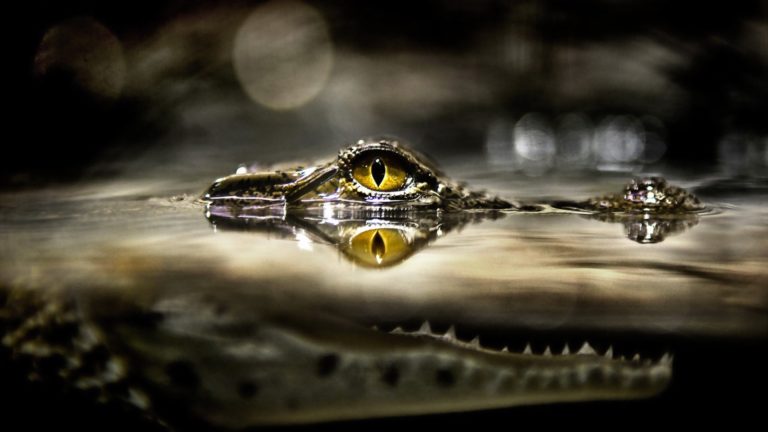The World’s Most Dangerous Eels: Nature’s Underwater Predators
When we think of dangerous sea creatures, sharks or piranhas usually come to mind — not eels. Yet, a few eel species are powerful enough to leave serious wounds, or worse. Most fish avoid humans altogether, but when a dangerous eel strikes, it can leave deep scars and lifelong fear. Even seasoned divers and fishermen are cautious when it comes to these mysterious, serpentine hunters.
Here’s a look at some of the most dangerous eels in the world — and the chilling stories behind them.

The Conger Eel
The conger eel is one of the most aggressive eel species known to humans. A terrifying real-life encounter proves just how dangerous they can be.
In one infamous incident, 48-year-old diver Jimmy Griffin was exploring the depths when a conger eel lunged at him. The creature shot out from the shadows, ripped the regulator from his mouth, and dragged him downward. It clamped onto his face, shaking and twisting violently. Griffin barely escaped but required over twenty stitches and months of painful reconstructive surgery.
These eels can grow over 3 meters (10 feet) long and are known for their lightning-fast strikes. Their powerful jaws and sharp teeth make them a true hazard to divers who wander too close.

The Electric Eel
Few creatures are as extraordinary — or as shocking — as the electric eel. Despite its name, this isn’t a true eel but a type of knifefish found in South American rivers. Its defense mechanism is legendary: an electric eel can generate up to 600 volts of electricity, enough to knock a grown human unconscious.
The eel’s electric charge comes from thousands of specialized muscle cells that produce tiny electrical impulses. When combined, these impulses can stun prey, deter predators, or even kill small animals.
Electric eels also use low-voltage signals to communicate and navigate their murky environments. While they’re not naturally aggressive, multiple electric shocks can cause respiratory or cardiac failure in humans. Even a single strike may paralyze a person long enough for them to drown — making this fish one of the most dangerous in freshwater ecosystems.

The Fire Eel
Native to Southeast Asia, the fire eel is a striking, large spiny eel often kept in aquariums for its vivid red stripes and graceful movements. But beneath its beauty lies danger.
The fire eel’s dorsal spines — located just before its fin — can inflict sharp wounds. While not venomous, their sting causes pain and bleeding. The real danger, however, comes from the toxic mucus that coats their skin. If the slime enters an open wound, it can lead to infection and serious irritation.
Those who handle or catch fire eels are advised to wear gloves and disinfect any cuts immediately. Despite their popularity among aquarium enthusiasts, these eels are best admired from a safe distance.

The Moray Eel
When it comes to underwater predators, the moray eel reigns supreme. Sleek, muscular, and armed with razor-sharp teeth, morays are among the most feared creatures of the deep. With over 200 known species found in tropical and subtropical seas, they are both fascinating and formidable.
Morays have two sets of jaws — a primary set for seizing prey and a second, hidden set (called pharyngeal jaws) that shoots forward to pull food down their throats. Their teeth curve backward, ensuring that once something is caught, it can’t escape.
Divers often encounter morays hiding in coral crevices. Most attacks happen when someone reaches into a hole, mistaking the eel’s lair for that of an octopus or lobster. Others occur when people try to hand-feed them — a mistake that can end in severe bites or even loss of fingers.
Despite their terrifying reputation, moray eels aren’t naturally aggressive. They attack only when threatened or provoked. Their main predators include groupers, barracudas, sharks, and, of course, humans.
The Hidden Dangers of the Deep
Eels are among nature’s most misunderstood creatures — beautiful, ancient, and surprisingly complex. Yet, as these examples show, their power commands respect. Whether it’s an electric eel’s jolt, a moray’s bite, or the toxic slime of a fire eel, each species reminds us that even the most graceful animals can be dangerous when disturbed.
So, the next time you dive beneath the waves or peer into a reef crevice — remember, some of the ocean’s deadliest hunters are watching from the shadows.








Не знал что мурены это угри. Но все логично. Теперь осталось попробовать их на вкус в закусочной у моря.
Никита, да, угри и мурены относятся к отряду угреобразных. Это очень близкие родственники. Поделитесь впечатлениями, когда попробуете этих злобных рыбок)